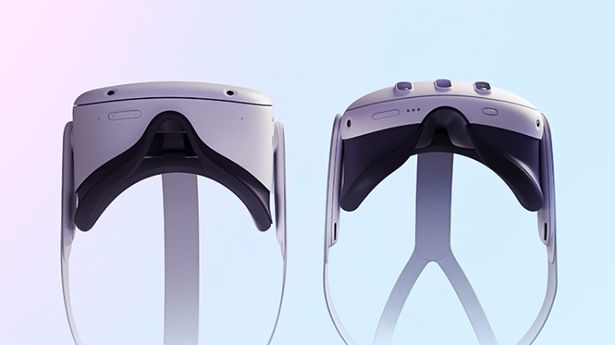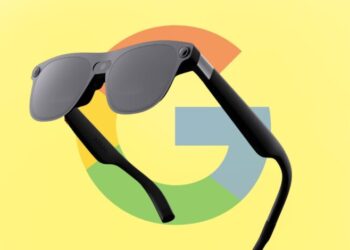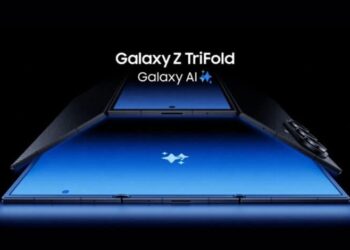Meta has officially announced its Quest 3 VR headset in a post on Mark Zuckerberg’s Instagram.
The headset is coming this fall with a 128GB version available for $499.99 plus “an additional storage option for those who want more space” at an unspecified price. Compared to its predecessor, the Quest 2, the Quest 3’s design is 40 percent lighter, while a new Snapdragon chip inside has twice the graphics performance.
Side by side view from the bottom of both the Meta Quest 2 and Quest 3 headsets showing the new version’s slimmer design.
It’s also compatible with the Quest 2’s games, which is good since the old headset is sticking around but at a very familiar lower price. Meta said that starting June 4th, the Quest 2 will drop its price by $100 to $299.99 for the 128GB version, while the 256GB version is getting an $80 price cut from $429.99 to $349.99. That undoes last year’s price hike on the base model and makes the version with additional storage cheaper than it was before.
In addition, an upcoming software update for the Quest 2 and Meta’s more expensive Quest Pro will increase their CPU and GPU performance and enable Dynamic Resolution Scaling.
This is coming just days before Apple is expected to announce its long-rumored mixed reality headset and hours ahead of a showcase for games on Meta’s VR platform that begins later today at 1PM ET. Meta said it would have a AAA adventure title to show there and promised additional details to come during the annual Meta Connect event scheduled for September 27th.
The video clearly shows off the three new sensor areas across the front of the device that do the most to differentiate it from earlier versions, as well as the head strap. Gurman described that the pill-shaped zones hold four cameras split evenly between the left and right sides — two of which are full-color cameras and two standard — and a single depth sensor in the middle that could improve the headset’s AR performance.
We already had a pretty good idea of how the Quest 3 would shake out after Mark Gurman of Bloomberg detailed his hands-on experience with the then-unannounced device earlier this week, reporting on the lighter and more comfortable design that adds new sensors and redesigned controllers.















